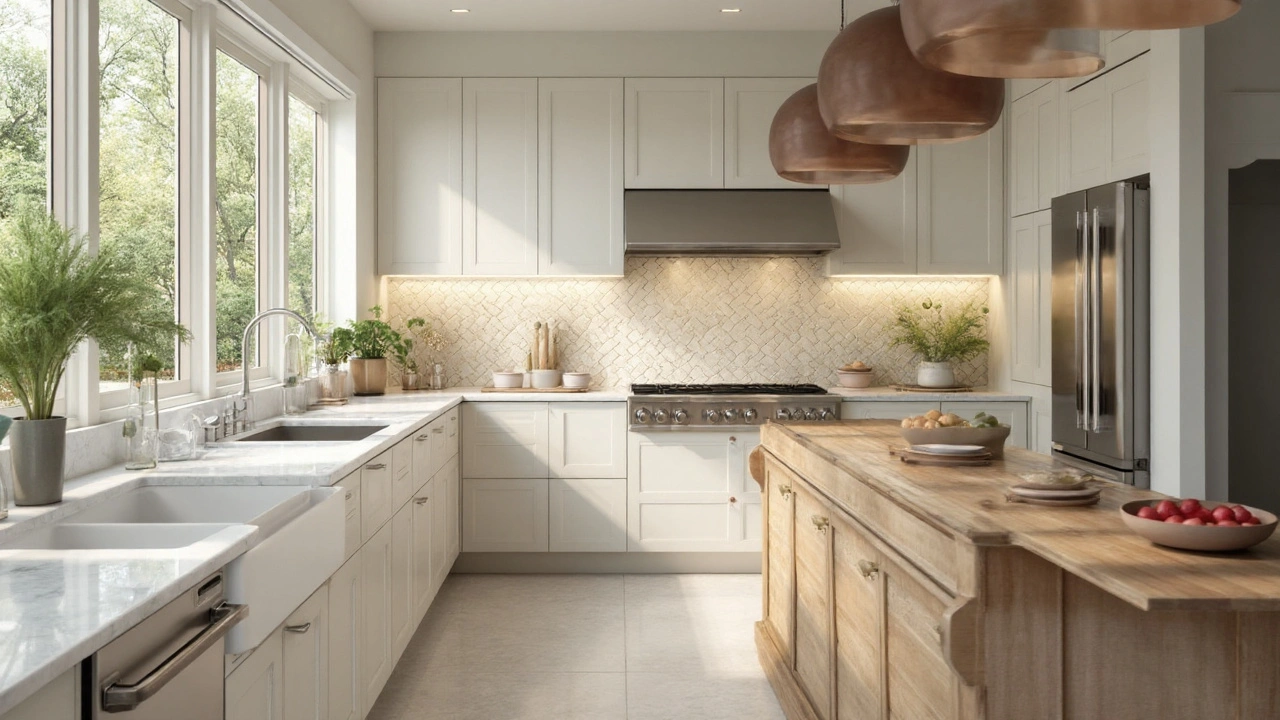Tile Alternatives: Practical Flooring Options for Every Home
If you love the look of tile but the price or the heavy installation gives you pause, you’re not alone. Hundreds of homeowners choose a different path that saves money, cuts labor, and still gives a stylish finish. Below you’ll find the most popular tile alternatives, what makes each one tick, and quick tips to get them installed without a headache.
First thing to ask yourself: what’s the main reason you’re looking at alternatives? Is it cost, comfort underfoot, ease of cleaning, or a desire for a more eco‑friendly material? Knowing the answer narrows the field fast. For example, if you need a water‑proof surface for a bathroom, luxury vinyl plank (LVP) or waterproof laminate are top picks. If you want something that feels cool underfoot in a kitchen, polished concrete might be the winner.
Easy‑Install Options
Luxury vinyl plank and click‑lock laminate are the go‑to choices for DIYers. Both come with a tongue‑and‑groove system that snaps together, meaning you can lay a floor in a single weekend. Vinyl mimics stone, wood, or even cement tiles, and modern versions have a wear layer that handles scratches and spills. Laminate looks like hardwood but generally costs less and resists fading.
Installation is as simple as preparing a flat subfloor, rolling out a moisture barrier (if needed), and then snapping the planks together. You don’t need special tools beyond a utility knife, a tapping block, and a rubber mallet. Most brands also offer a “floating” floor that sits on top of the existing surface, so you avoid tearing up the whole room.
Durable & Eco‑Friendly Choices
Polished concrete is gaining traction for its industrial vibe and low environmental impact. Concrete is already part of the slab, so you’re not adding new material—just polishing, sealing, and possibly staining it. The result is a surface that’s heat‑resistant, easy to clean, and can be tinted any color you like.
Another green option is cork flooring. Cork is harvested from the bark of cork oak trees without cutting them down, making it a renewable resource. It feels soft underfoot, provides natural sound insulation, and stays warm in winter. Modern cork tiles come with a tight click system, so installation mirrors the vinyl and laminate process.
For those who love the look of natural stone but can’t afford real tile, engineered stone panels are a budget‑friendly answer. These panels are made from a mix of crushed stone and polymer binders, giving you the look of marble or slate without the weight and cost. They’re also lighter, so you can mount them on walls or floors without extra reinforcement.
When you compare these alternatives to traditional ceramic or porcelain tile, the savings are clear. Vinyl and laminate can be up to 50% cheaper per square foot, and you skip the expensive mortar and grout work. Concrete and cork may cost a bit more in material, but the reduced labor and long‑term durability often balance the equation.
Before you pick, measure your space, check the manufacturer’s warranty, and think about the room’s traffic level. High‑traffic areas like entryways benefit from a tougher wear layer, while low‑traffic rooms can get away with softer materials.
Bottom line: you don’t need to settle for pricey tile just to get a great look. With vinyl, laminate, concrete, cork, or engineered stone, you can match style, budget, and performance to any project. Grab a sample, walk on it, and see which feels right for your home—then enjoy a fresh floor without the headache of traditional tile installation.

What Is Ghost Tile? A Practical Guide to This Invisible Flooring Trend
Discover what ghost tile is, how it differs from traditional tiles, its installation, design benefits, maintenance tips, and when to choose it for your home.
view more